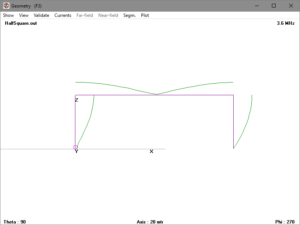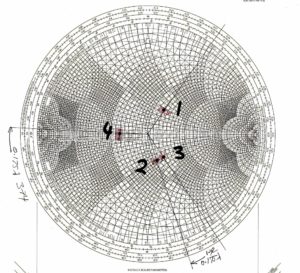At Surecom SW-102 VSWR meter review I wrote a review of a meter which I had purchased a little over a year ago, it was at v4.5.
One of the many problems identified was inconsistency of displayed values.
v2.6
Surecom’s versions are confusing, the highest number is not necessarily the latest version. It appears a partial version history from their current page advertising the SW-102 is:
OLD VERSION : V3.3 ,V3.8 ,V4.5,V4.9 ,V5.0,V5.1
2017-8 NEW VERSION : V2.02 ,V2.03
The following image is from Surecom’s current page advertising the SW-102, and I assume that the version shown here (v2.6) is the latest at time of writing.
The image captures the outputs of two tests with poor and good dummy loads.

Let’s check the displayed values for internal consistency. Continue reading Surecom SW-102 VSWR meter review – v2.6
Last update: 2nd February, 2019, 8:48 PM






